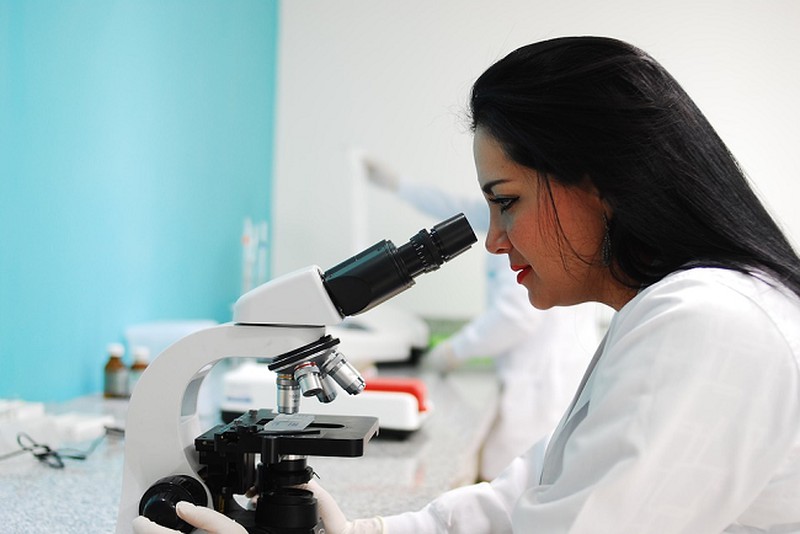Microscope or binocular loupe?
Many times we hesitate between these two instruments and we are at risk of making a wrong choice. Raig clarifies your doubts and makes your decision much easier.

We will start by differentiating these two optical instruments. Who is who?
Binocular loupe or stereomicroscope:
Binocular loupes or stereomicroscopes are optical magnifying instruments, with binocular, stereoscopic (3D) vision and with a magnification range that can go from 7X to 65X magnifications. These loupes are used to visualize live or dead, opaque or translucent samples and with a relatively large size. Its use is widespread in Botany, zoology, mycology, geology, gemology, and industrial and electronic technology.
Microscope:
Microscopes are optical magnifying instruments, with mono or binocular vision, non-stereoscopic and with a magnification range between 40 and 1200X magnification. Microscopes are used to view live or dead, translucent, or transparent samples that are small or very small. It is frequently used to observe tissues and cells. Its use is widespread in biology, cell biology, microbiology, genetics, zoology, botany, mycology, and medicine.
We will use a stereomicroscope to observe living or dead, opaque or translucent samples and where we will need to observe the sample in a three-dimensional view.
In botany and mycology:
We can observe plants or parts of plants to help us in their classification, as well as to detect and identify different pathologies, such as aphids, fungi and insects. It is also useful to identify species of fungi and mushrooms at low magnification, it will not be useful to observe spores.
In zoology:
It is an instrument that we use in all the dissection work, as well as to see insects in detail and classify species. Also to observe pathogens or parasites in animals.
In geology and gemology:
It is used to closely observe minerals and precious stones. So you can see the imperfections and assess their quality in detail. In jewelry it is used to value diamonds and other precious stones.
We will use a microscope to observe living or dead samples, translucent or transparent, with two-dimensional vision at high magnification, basically to observe tissue sections or individual cells or cell interiors. For this purpose we need much more magnification and with a microscope we can exceed 1000X.
In biology:
Its use is multidisciplinary, but basically in everything related to cell biology and histology. For this purpose, we need very fine cuts of tissue, made with microtomes or cell preparations, either alive or dead.
The observation techniques in microscopy are very varied and depending on the sample to be observed we have observation in bright field, dark field, fluorescence, polarization, etc ...
In a microscope we will see very opaque and certain size samples, for this use a stereomicroscope is much better. We must always remember that the type of observation must be adapted to the type of sample, the necessary magnification and the lighting.





Opinions of our clients
Receive our news